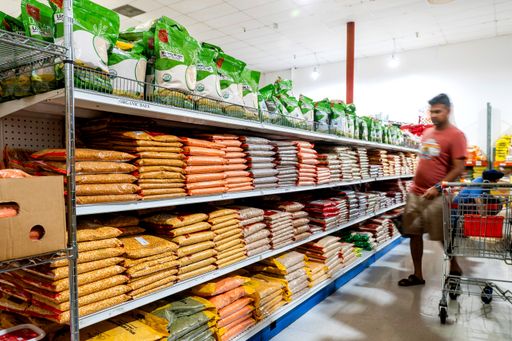US President Donald Trump has vowed to impose new tariffs of 100% on Chinese goods and restrict the export of "critical software" after Beijing announced restrictions on the export of rare earth minerals.
"Based on the fact that China has taken this unprecedented position, and speaking only for the U.S.A., and not other nations who were similarly threatened, starting November 1st, 2025 (or sooner, depending on any further actions or changes taken by China), the United States of America will impose a tariff of 100% on China, over and above any tariff that they are currently paying," Trump wrote on his social media company Truth Social on Friday.
"Also on November 1st, we will impose Export Controls on any and all critical software. It is impossible to believe that China would have taken such an action, but they have, and the rest is history," he added.
Trump earlier lashed out against Beijing's announcement, saying that there is now "no reason" to follow through on a planned sit-down with Chinese President Xi Jinping on the sidelines of the Asia-Pacific Economic Cooperation (APEC) summit in South Korea later this month.
China announced the new rare earth export restrictions on Thursday. They widen limits on processing and manufacturing technologies and prohibit cooperation with foreign companies without prior government authorisation, state media reported.

Fragile trade truce
The Commerce Ministry said the measures aim to safeguard national security and interests by imposing export controls on rare earth-related technologies, including mining, smelting and separation, magnetic material production, and recycling of secondary resources, according to the English-language Global Times daily.
Technologies and related data involving rare earth mining, smelting and separation, metal smelting, magnetic material manufacturing, and rare earth secondary resource recycling, as well as the assembly, maintenance, and upgrading of related production lines, cannot be exported without official permission, the ministry said.
The move follows sweeping controls introduced by Beijing in April that triggered global shortages before new deals with Europe and the US resumed shipments.
The US and China have maintained a fragile trade truce since May, when both sides agreed to lift the steep tariffs that had nearly halted trade between them.
Since then, Chinese goods entering the US still face tariffs about 30% higher than at the start of the year, while American exports to China are subject to a 10% duty.





















